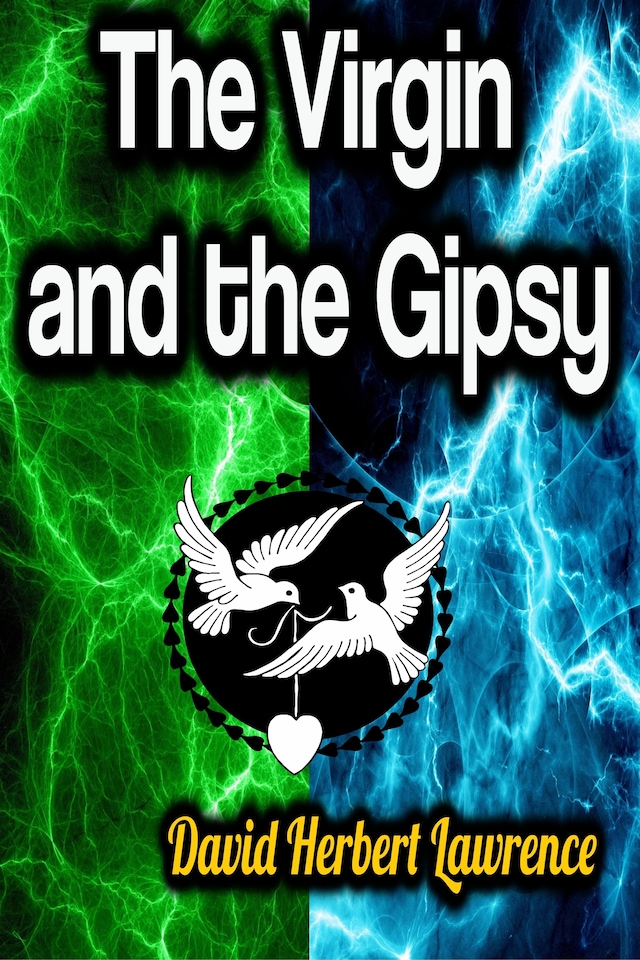
The Virgin and the Gipsy
Description of book
The Virgin and the Gipsy - David Herbert Lawrence - The Virgin and the Gipsy is a short novel (or novella) by English author D.H. Lawrence. It was written in 1926 and published posthumously in 1930. Today it is often entitled The Virgin and the Gypsy which can lead to confusion because first and early editions had the spelling "Gipsy".
The tale relates the story of two sisters, daughters of an Anglican vicar, who return from finishing school overseas to a drab, lifeless rectory in the East Midlands, not long after the World War I. Their mother has run off with another man, a scandal that is not talked about by the family, especially the girls' father, who was deeply humiliated and only remembers his wife as she was when they first met many years before.
Their new home is dominated by a blind and selfish grandmother called "Mater" and her mean-spirited, poisonous daughter Aunt Cissie; there is also Uncle Fred, who lives a solitary life. The two girls, Yvette and Lucille, risk being suffocated by the life they now lead at the rectory. In particular, Yvette's desperation is compounded by the fact that she has "borrowed" a little money from a charity fund that her family manages. Her relationship with both her father and aunt suffer: She sees her father as a mean-spirited and cowardly person for the first time when he reacts savagely to her petty crime.
But even so, the girls try their utmost every day to bring colour and fun into their lives. They go on outings with the Framleys, their neighbourhood friends. On one such outing, Yvette encounters a gipsy man and his family. She and the other girls have their fortunes told by the gipsy man's wife, a magnetic and strong woman who seems to see easily through them. The gipsy man also sees deeply into Yvette and the impression he makes on her this first time is unforgettable. This first meeting reinforces her disenchantment with the oppressive domesticity of the rectory. It also awakens in her a sexual curiosity she has not felt or thought much about before despite her having admirers.
While on a second visit to the gipsy family, she befriends a married Jewish woman who has left her husband and who is now living with her paramour, impatiently waiting for her divorce to come through. Yvette does not pass judgment on anyone new she meets, neither the gipsy nor the Jewish woman, because she is young and modern-minded. But when her father finds out about this friendship, he threatens her with "the asylum", and Yvette realizes that, at his heart, her father too is mean-spirited, bigoted, provincial and shallow. Apparently, her father believes that one cannot associate with a wealthy divorced woman who is merely marrying a handsome man, who happens to be a war hero, as an excuse to dump her first and older husband.
The novel has a surprise twist at the end. A huge flood surges through the vale, coming from a burst dam at a nearby reservoir. It just so happens that the gipsy man is approaching the rectory house. Nobody is at home but Yvette and her blind grandmother. In the nick of time, the brave gipsy man rescues Yvette despite the fact that the surprise flood washes most of the rectory away, drowning the grandmother.
A moving scene ensues as the gipsy hero breathes life and warmth back into the virginal Yvette, who feels the powerful attraction of his manhood and strength. She falls asleep and the gipsy disappears. Her family returns home to find her safe, and they adulate the gipsy as her savior.
 David Herbert Lawrence
David Herbert Lawrence 106 Pages
106 PagesFormat:
Language:
English